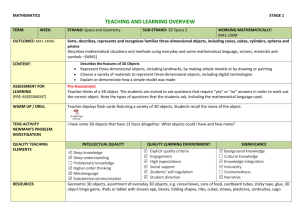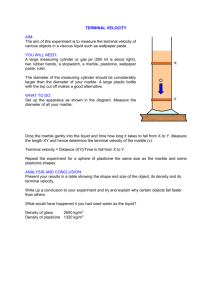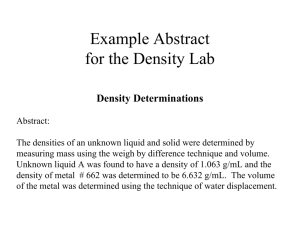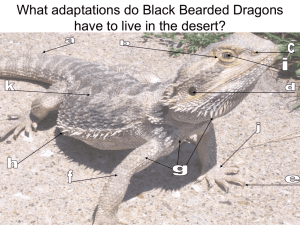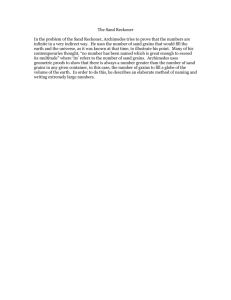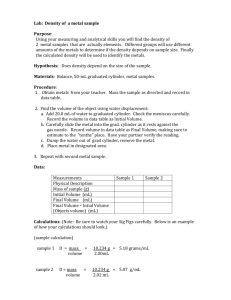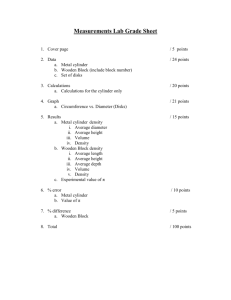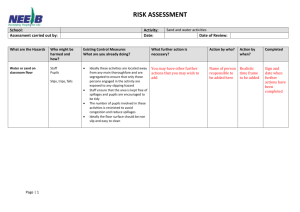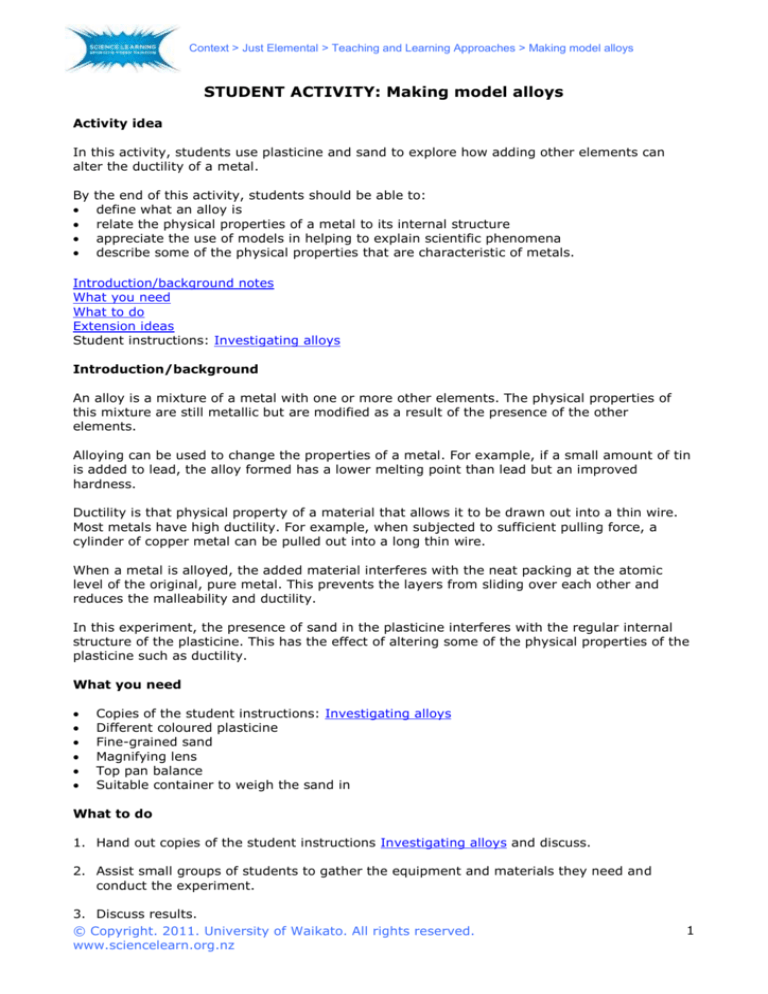
Context > Just Elemental > Teaching and Learning Approaches > Making model alloys
STUDENT ACTIVITY: Making model alloys
Activity idea
In this activity, students use plasticine and sand to explore how adding other elements can
alter the ductility of a metal.
By
the end of this activity, students should be able to:
define what an alloy is
relate the physical properties of a metal to its internal structure
appreciate the use of models in helping to explain scientific phenomena
describe some of the physical properties that are characteristic of metals.
Introduction/background notes
What you need
What to do
Extension ideas
Student instructions: Investigating alloys
Introduction/background
An alloy is a mixture of a metal with one or more other elements. The physical properties of
this mixture are still metallic but are modified as a result of the presence of the other
elements.
Alloying can be used to change the properties of a metal. For example, if a small amount of tin
is added to lead, the alloy formed has a lower melting point than lead but an improved
hardness.
Ductility is that physical property of a material that allows it to be drawn out into a thin wire.
Most metals have high ductility. For example, when subjected to sufficient pulling force, a
cylinder of copper metal can be pulled out into a long thin wire.
When a metal is alloyed, the added material interferes with the neat packing at the atomic
level of the original, pure metal. This prevents the layers from sliding over each other and
reduces the malleability and ductility.
In this experiment, the presence of sand in the plasticine interferes with the regular internal
structure of the plasticine. This has the effect of altering some of the physical properties of the
plasticine such as ductility.
What you need
Copies of the student instructions: Investigating alloys
Different coloured plasticine
Fine-grained sand
Magnifying lens
Top pan balance
Suitable container to weigh the sand in
What to do
1. Hand out copies of the student instructions Investigating alloys and discuss.
2. Assist small groups of students to gather the equipment and materials they need and
conduct the experiment.
3. Discuss results.
© Copyright. 2011. University of Waikato. All rights reserved.
www.sciencelearn.org.nz
1
Context > Just Elemental > Teaching and Learning Approaches > Making model alloys
Extension ideas
Watch the video clip Microstructure and mechanical properties in which Dr Brian Gabbitas
explains how the microstructure of a metal can affect its mechanical properties. Alloying
titanium with aluminium and vanadium alters the crystalline microstructure, which results in a
change in mechanical properties.
Read the Looking Closer article Titanium – metal of the future to find out more about titanium.
© Copyright. 2011. University of Waikato. All rights reserved.
www.sciencelearn.org.nz
2
Context > Just Elemental > Teaching and Learning Approaches > Making model alloys
Investigating alloys
1. Using different coloured plasticine, weigh out four 35 g portions.
2. Using fine-grained sand, weigh out 2 g, 4 g and 6 g portions.
3. Work one of the plasticine portions into a cylinder shape about 6 cm long and 1.5 cm in
diameter.
4. Holding the ends of the cylinder, firmly pull with a small steady force until the cylinder
breaks.
5. Examine the fracture surface of the plasticine with a magnifying glass.
6. To a second portion of plasticine (different colour), mix in the 2 g sand sample. Make sure
the sand is evenly distributed and fashion the lump into a cylinder as before.
7. Hold the ends of the cylinder firmly and pull with a steady force until it breaks.
8. Examine the fracture surface of the plasticine with a magnifying glass and compare with
the plasticine only sample.
9. Repeat with the remaining lumps so that plasticine with 4 g of sand and plasticine with 6 g
of sand can be tested in the same way.
10. Record all of your observations/examinations in the results table.
Trial
Plasticine mixture
1
Plasticine only
2
2 g of sand added
3
4 g of sand added
4
6 g of sand added
Observations on pulling
© Copyright. 2011. University of Waikato. All rights reserved.
www.sciencelearn.org.nz
Fracture surface
appearance/comparison
3

